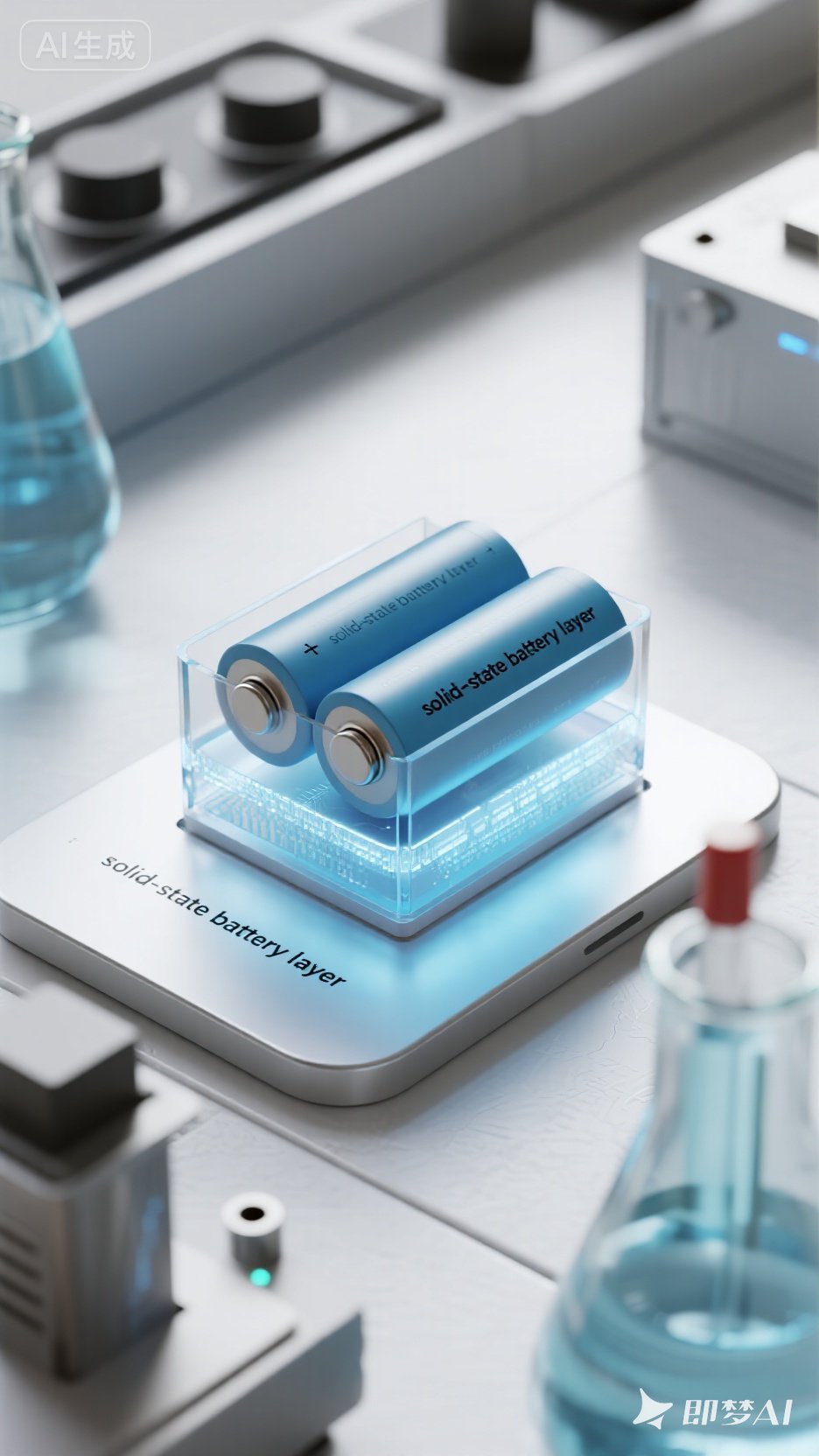News
Site Editor
 Site
http://www.novoxypower.com/uploads/image/6440e8e7ba3f1.png
Site
http://www.novoxypower.com/uploads/image/6440e8e7ba3f1.png
Powering the Future: An Update on Lithium-ion Evolution and the Solid-State Battery Revolution
Views: 105
Author: Site Editor
Publish Time: 2025-10-24
Origin: Site
Meta Description: Get the latest technical update on lithium-ion battery advancements and an in-depth look at the game-changing potential of solid-state batteries for EVs, electronics, and energy storage.
The demand for efficient, powerful, and safe energy storage has never been greater. As a leader in the battery industry, we are constantly monitoring the technological frontier. Today, we're providing a clear update on the two most critical areas of development: the continuous improvement of Lithium-ion (Li-ion) batteries and the promising emergence of Solid-State Batteries (SSBs).
Part 1: The Present Workhorse - Refining Lithium-ion Technology
While often seen as a mature technology, Li-ion batteries are still evolving. Incremental improvements are crucial for meeting today's energy needs. Key areas of advancement include:
· Silicon-Dominant Anodes: Researchers are increasingly integrating silicon into the traditional graphite anode. Silicon can store about 10 times more lithium than graphite, significantly boosting energy density. The challenge has been silicon's expansion during charging, which can degrade the battery. New innovations in nanostructuring and composite materials are making silicon-composite anodes more commercially viable, leading to batteries that last longer and charge faster.
· Cobalt-Free Cathodes: The industry is aggressively moving away from cobalt due to its cost, scarcity, and ethical concerns. Lithium Iron Phosphate (LFP) chemistry has seen a massive resurgence, offering excellent safety, a long cycle life, and lower cost. For higher performance needs, new chemistries like Lithium Nickel Manganese Cobalt Oxide (NMC) with reduced cobalt and higher nickel content are providing greater energy density and stability.
· Advanced Battery Management Systems (BMS): "Smarter" software and hardware are optimizing battery performance, safety, and lifespan. Modern BMS can precisely monitor the health of individual cells, manage thermal conditions, and optimize charging patterns to prevent degradation.
In summary, Li-ion technology is far from stagnant. These refinements ensure it remains the dominant and reliable solution for applications from consumer electronics to electric vehicles (EVs) for the foreseeable future.
Part 2: The Next Frontier - The Solid-State Battery Breakthrough
Solid-state batteries represent a fundamental shift in design, replacing the flammable liquid electrolyte in Li-ion batteries with a solid, ceramic, or polymer electrolyte. This simple-sounding change unlocks a host of potential benefits:
1. Enhanced Safety: The elimination of organic liquid electrolytes removes the primary fire hazard associated with current Li-ion batteries. Solid electrolytes are non-flammable, drastically reducing the risk of thermal runaway.
2. Higher Energy Density: Solid-state designs enable the use of a pure lithium metal anode, which is the "holy grail" for anode materials due to its ultra-high energy capacity. This could lead to batteries that are significantly smaller and lighter for the same amount of energy, or provide much longer range for EVs.
3. Faster Charging: Solid-state batteries have the potential to withstand much faster charging rates without the lithium plating (dendrite) issues that plague liquid electrolytes. This could translate to EV charging times comparable to refueling a gas car.
4. Longer Lifespan: The stable solid electrolyte interface can reduce the parasitic side reactions that cause Li-ion batteries to degrade over time, potentially resulting in a much longer total cycle life.
The Current State of Solid-State: Promise vs. Reality
While the promise is immense, the widespread commercialization of SSBs is still on the horizon. The main challenges are:
· Manufacturing Cost and Scalability: Producing thin, uniform, and defect-free solid electrolytes at a mass-production scale remains complex and expensive.
· Interface Stability: Ensuring a stable, low-resistance connection between the solid electrolyte and the electrodes over thousands of charge cycles is a key engineering hurdle.
Despite these challenges, progress is rapid. Major automakers and battery giants have announced partnerships and ambitious roadmaps, with the first commercial applications in EVs expected in the late 2020s.
Conclusion: A Complementary Trajectory
The energy storage landscape is not a simple switch from Li-ion to solid-state. Instead, we see a complementary trajectory:
· Advanced Li-ion will continue to dominate and improve, serving the vast majority of the market with reliable and cost-effective solutions.
· Solid-State will initially target high-value, performance-driven applications like premium EVs and aerospace, gradually trickling down as manufacturing scales and costs decrease.
Staying informed about both paths is crucial for making strategic decisions for your products.
At [Your Company Name], we are committed to providing our clients with cutting-edge battery solutions. We are actively tracking these developments to ensure you have access to the best technology for your specific needs.
Contact us today to discuss how the latest battery innovations can power your next project.